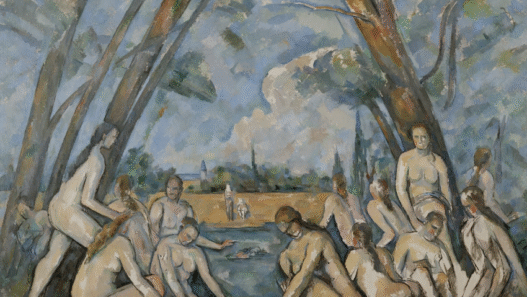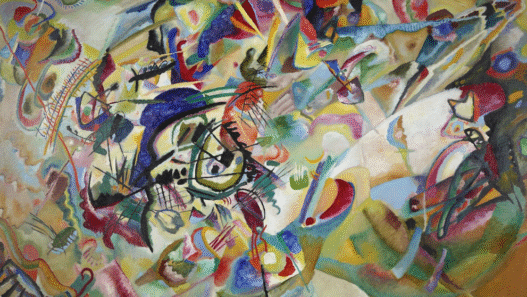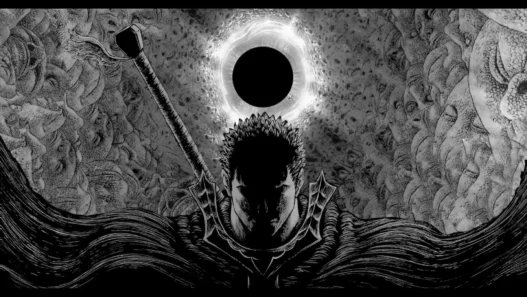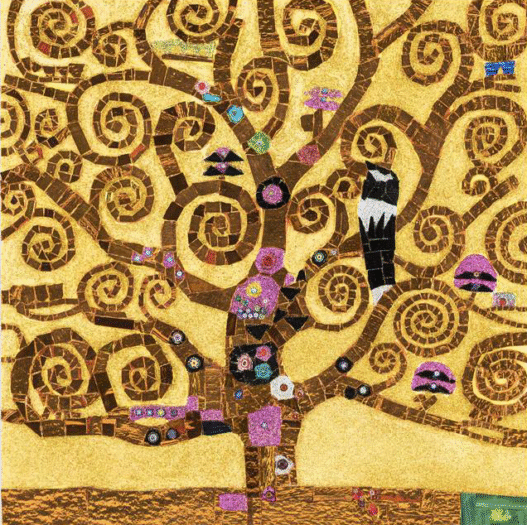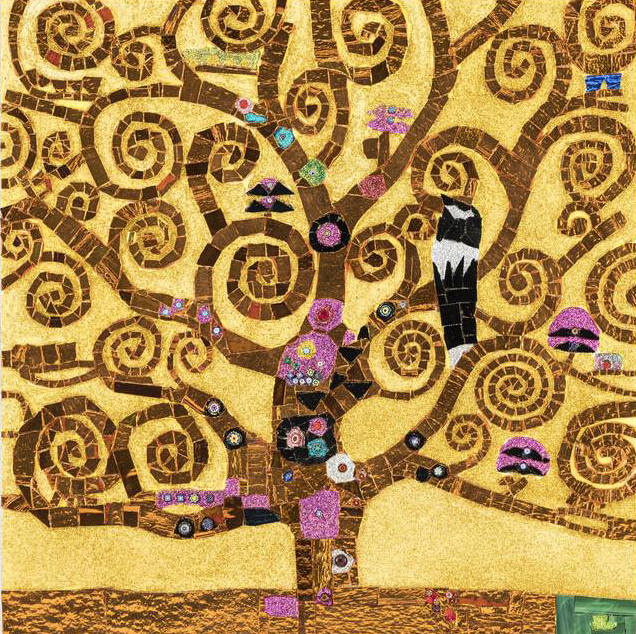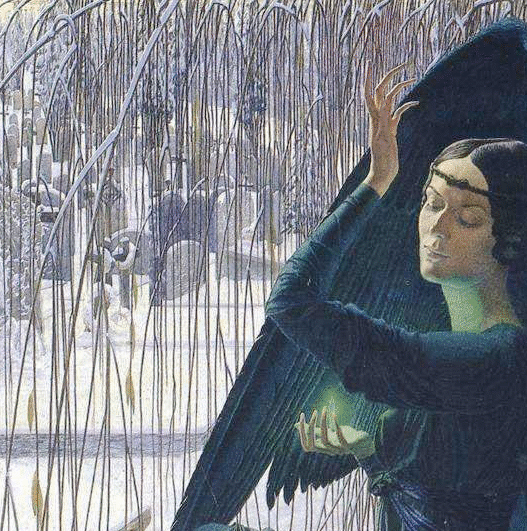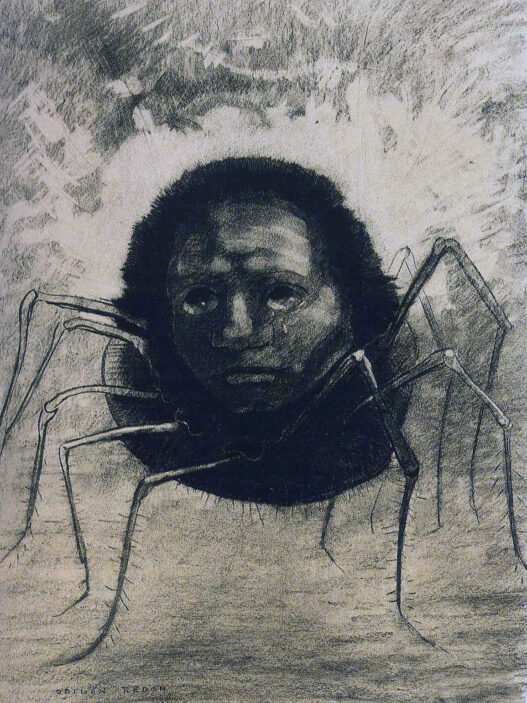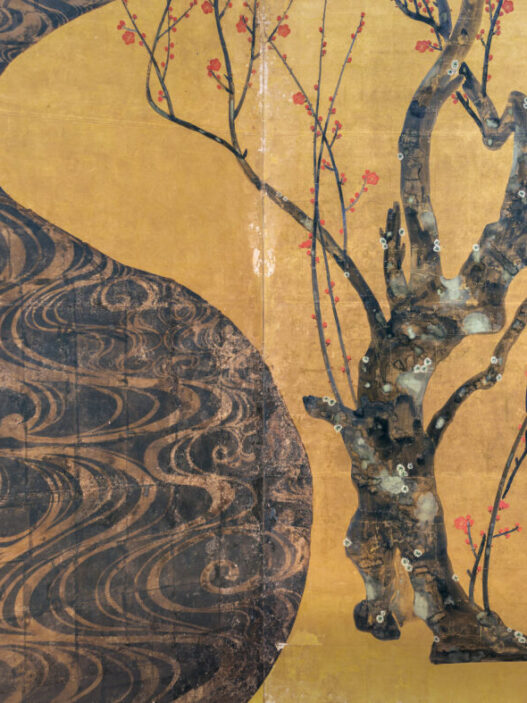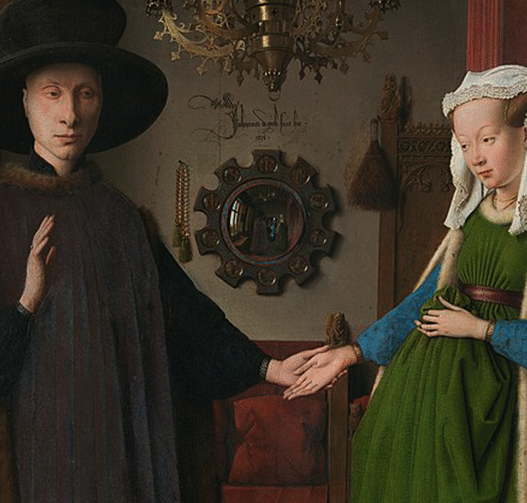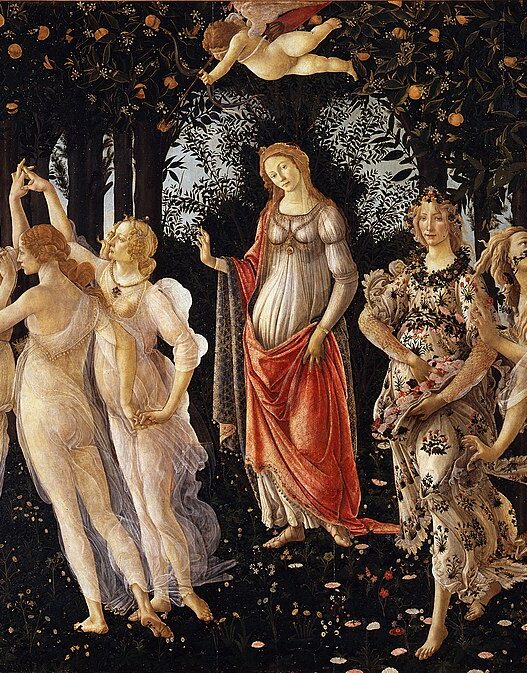Origin of the Tree of Life
The tree of life symbolism appears in many cultures and traditions:
In ancient Mesopotamia, sacred trees symbolised divine order and the connection between heaven and earth.
In mythologies and religions far and wide, trees often represent the source of life, immortality, and connection across realms.
So, from earliest times, the Tree of Life functions as a bridge, between the human and divine, between birth and death, between material and spiritual.
What Does the Tree of Life Symbolise
The Tree of Life is rich with spiritual symbolism, representing profound themes that resonate across cultures and belief systems.
At its core, it symbolises interconnectedness, with roots reaching into the earth or underworld, a trunk representing the present life, and branches stretching skyward to the divine, binding different realms of existence. It also reflects the growth and evolution of the soul, much like a tree progressing from seed to full bloom: growing, bearing fruit, shedding, and renewing. In many traditions, the Tree of Life also stands for immortality and restoration.
It is often seen as a source of healing and eternal life, most notably in Christian scripture, where it appears in the Book of Revelation bearing twelve kinds of fruit and leaves “for the healing of the nations.”
Tree of Life in Art
Artists throughout history have turned to the Tree of Life as a powerful visual symbol of connection, growth, and the sacred balance between realms. Often depicted with richly branching limbs and deep-reaching roots, the tree is shown uniting the heavens, the earth, and the underworld, an emblem of the seen and unseen. In both traditional and modern art, it’s frequently adorned with symbolic elements like fruit, leaves, birds, or flowers, often echoing biblical motifs of abundance and completeness, such as the twelve fruits found in the Book of Revelation. One of the most iconic representations is Gustav Klimt’s “Tree of Life”, a swirling, golden tapestry of branches that blends Art Nouveau elegance with mystical symbolism.
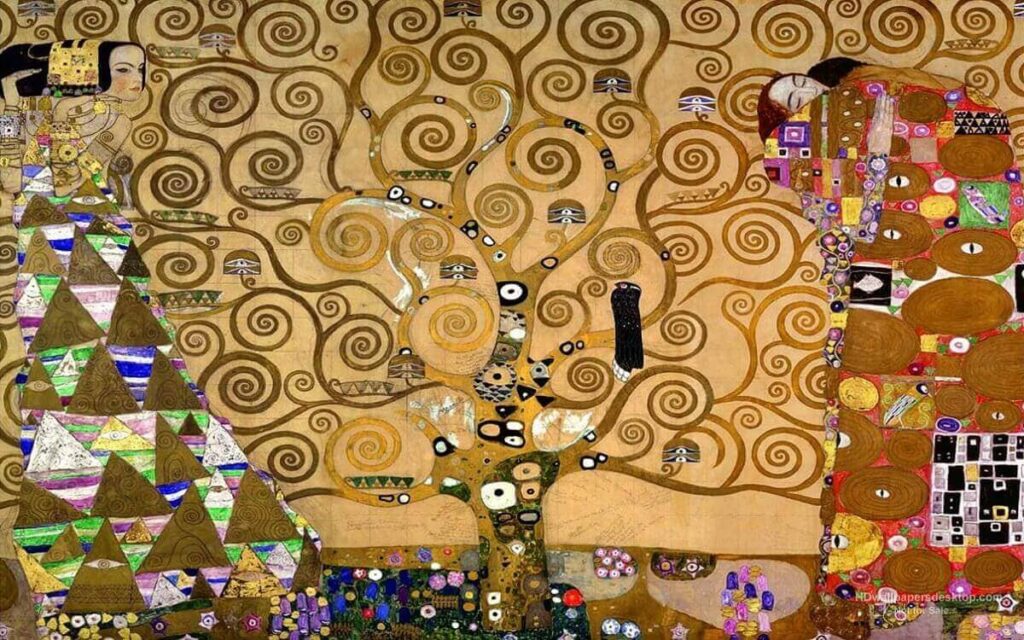
Similarly, stained glass windows in cathedrals and folk-inspired mandalas offer vibrant, colorful interpretations that reflect spiritual illumination, life’s cyclical nature, and humanity’s enduring connection to the divine through nature.
Tree of Life Around The World
The Ancient Mesopotamian Tree of Life reliefs are among the earliest known artistic representations of the Tree of Life, dating back to around 900 BCE. Found in the palaces of Assyrian kings such as Ashurnasirpal II and Sargon II, these intricate stone carvings depict a stylised, symmetrical tree flanked by winged deities or guardian figures. Far more than decorative motifs, these reliefs symbolised divine order, fertility, and the sacred connection between the earthly realm and the heavens.
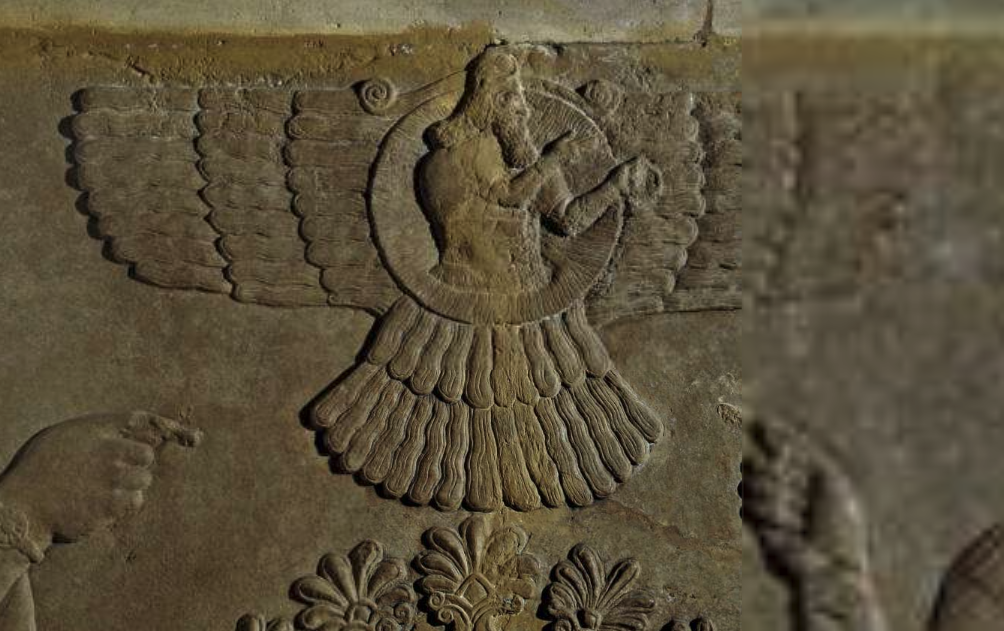
Often interpreted as a representation of the axis mund, the cosmic axis linking all levels of existence, the Mesopotamian Tree of Life served as a powerful visual expression of kingship, spiritual authority, and humanity’s place within a divinely structured universe.
Many of these reliefs are now housed in major museums such as The British Museum in London, offering a glimpse into the symbolic heart of one of the world’s oldest civilisations.
Tree of Life FAQ
It Appears in Cultures All Over the World
The Tree of Life is a universal symbol found in ancient Mesopotamia, Egypt, India, Mesoamerica, and Norse mythology. Despite cultural differences, it often represents connection between heaven, earth, and the underworld, as well as life, growth, and immortality.
Found in the Bible — From Genesis to Revelation
In the Bible, the Tree of Life appears in the Garden of Eden (Genesis) as a source of eternal life, and again in the Book of Revelation, where it symbolizes restoration and healing in the New Jerusalem (Rev. 22:2).
Spiritual Growth and Wholeness
The tree’s roots, trunk, and branches represent the journey of the soul, from being grounded in the physical world, growing through life experiences, and reaching toward higher wisdom or divine understanding.
It's a Popular Theme in Art and Sacred Design
From Gustav Klimt’s iconic “Tree of Life” to stained glass in medieval cathedrals, the symbol continues to inspire artists as a visual metaphor for unity, renewal, and divine order. It’s also common in folk art, mandalas, and tattoo designs.




